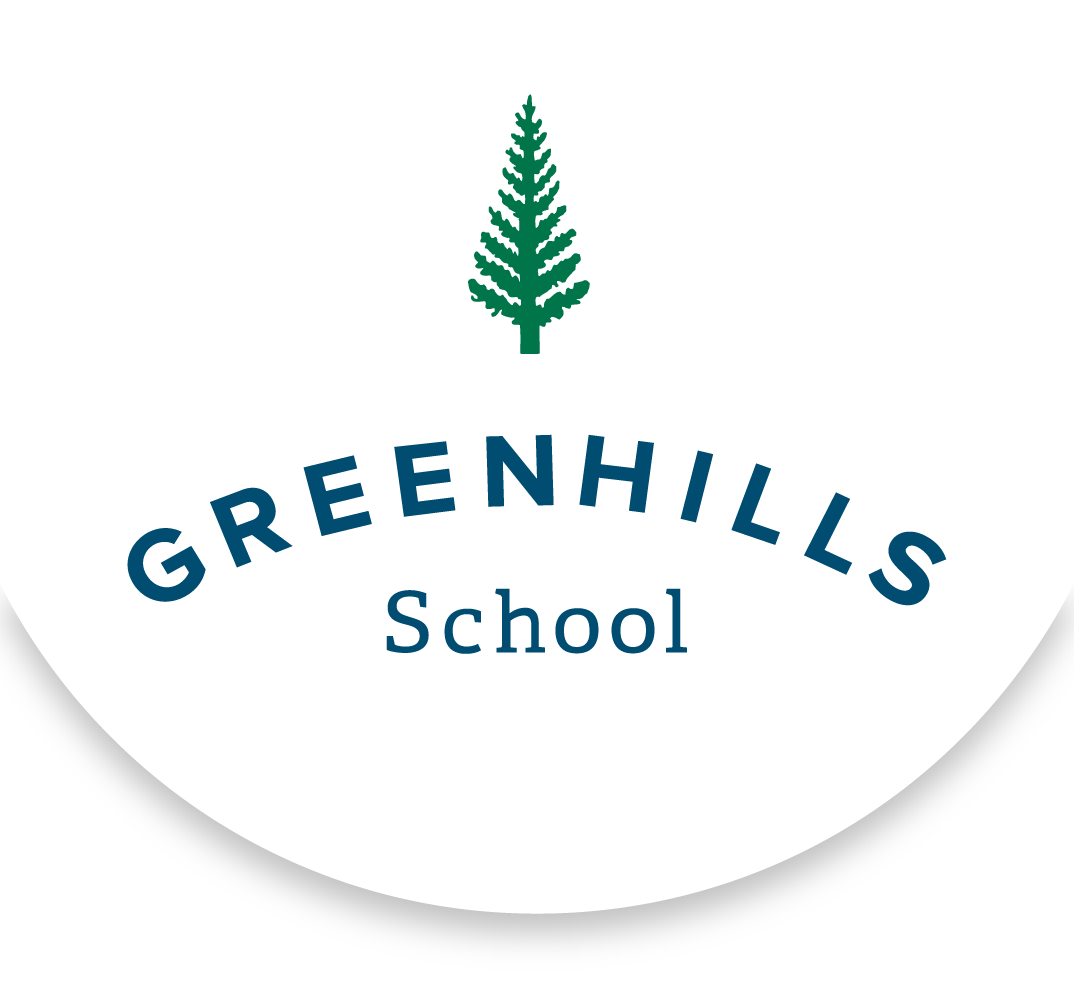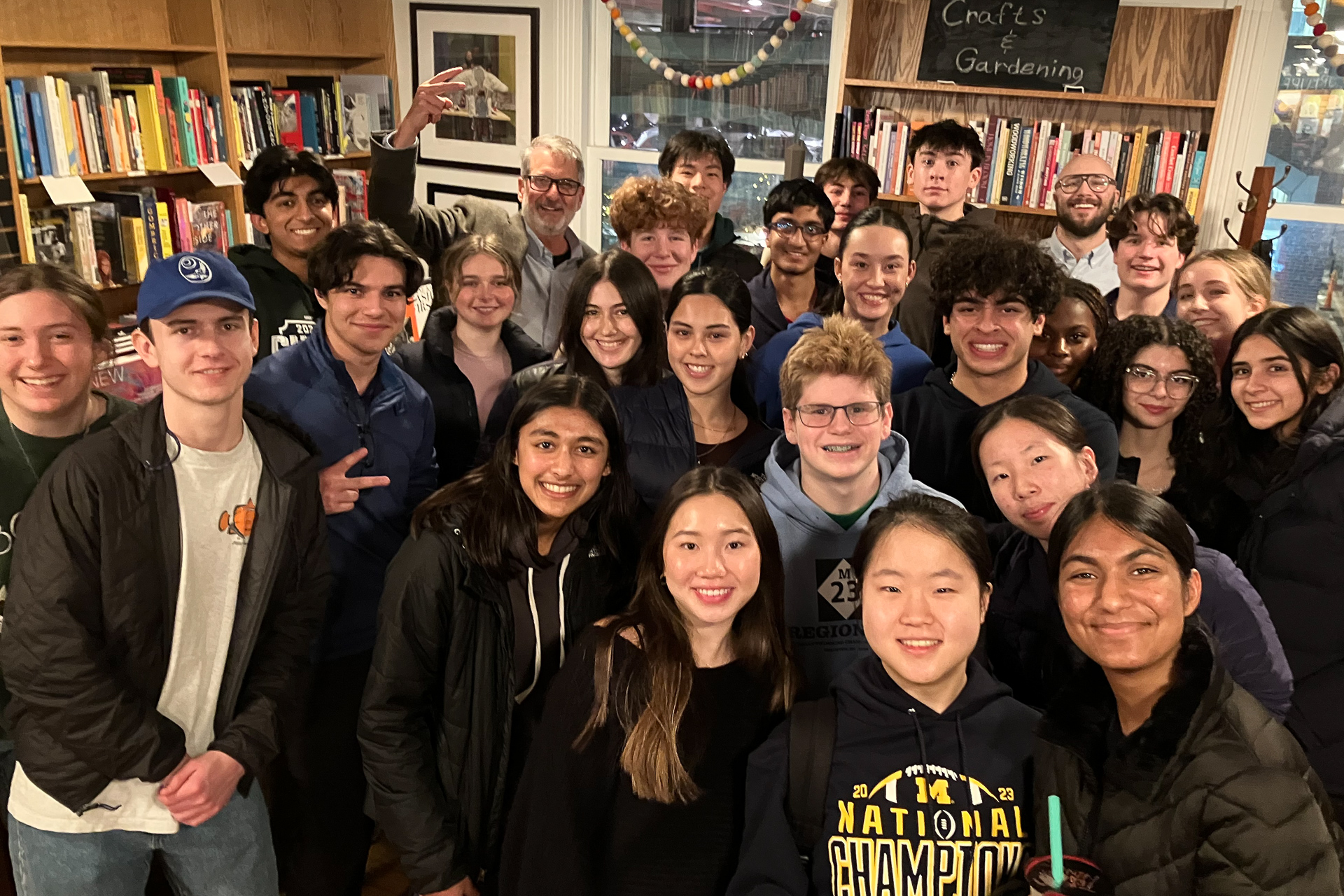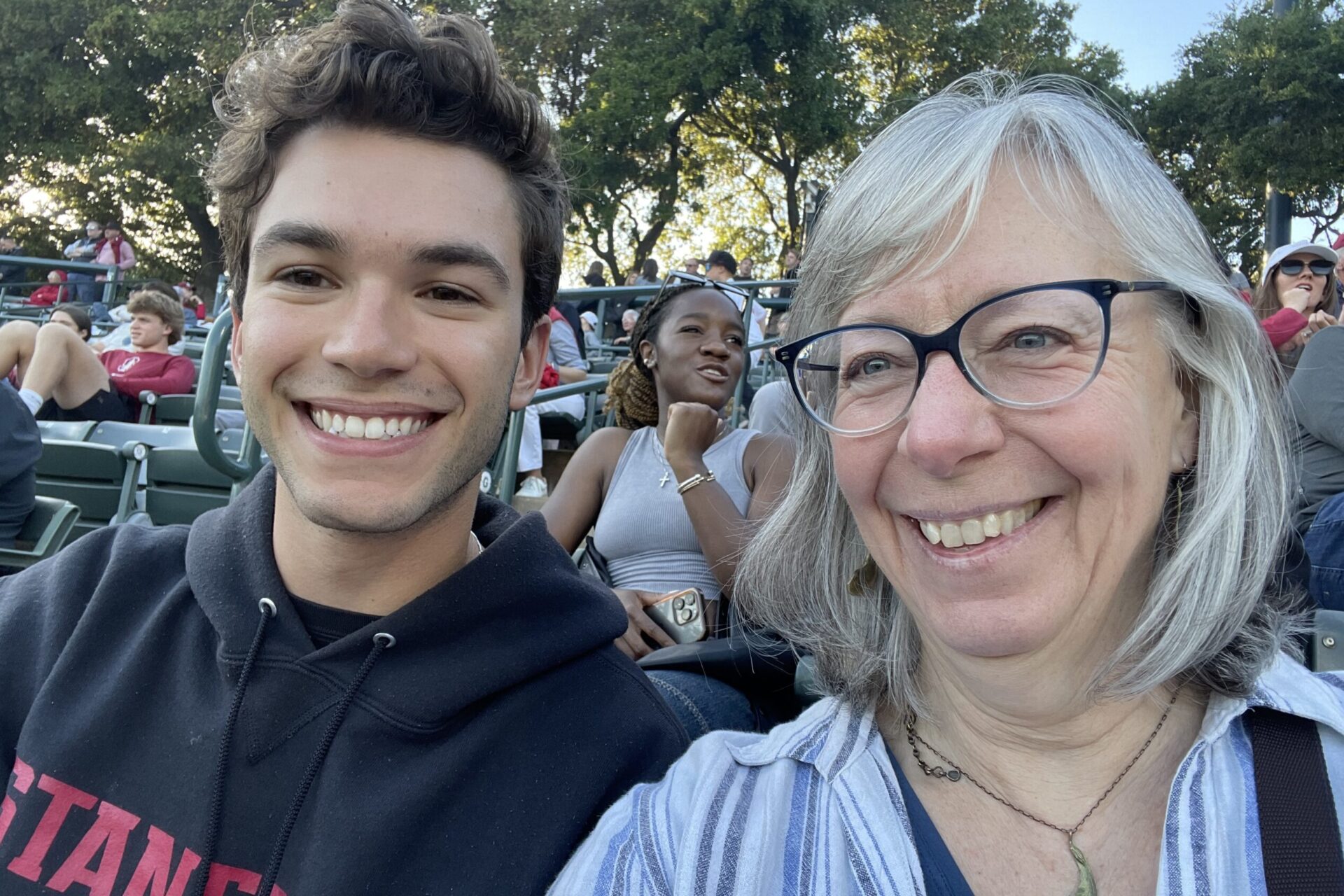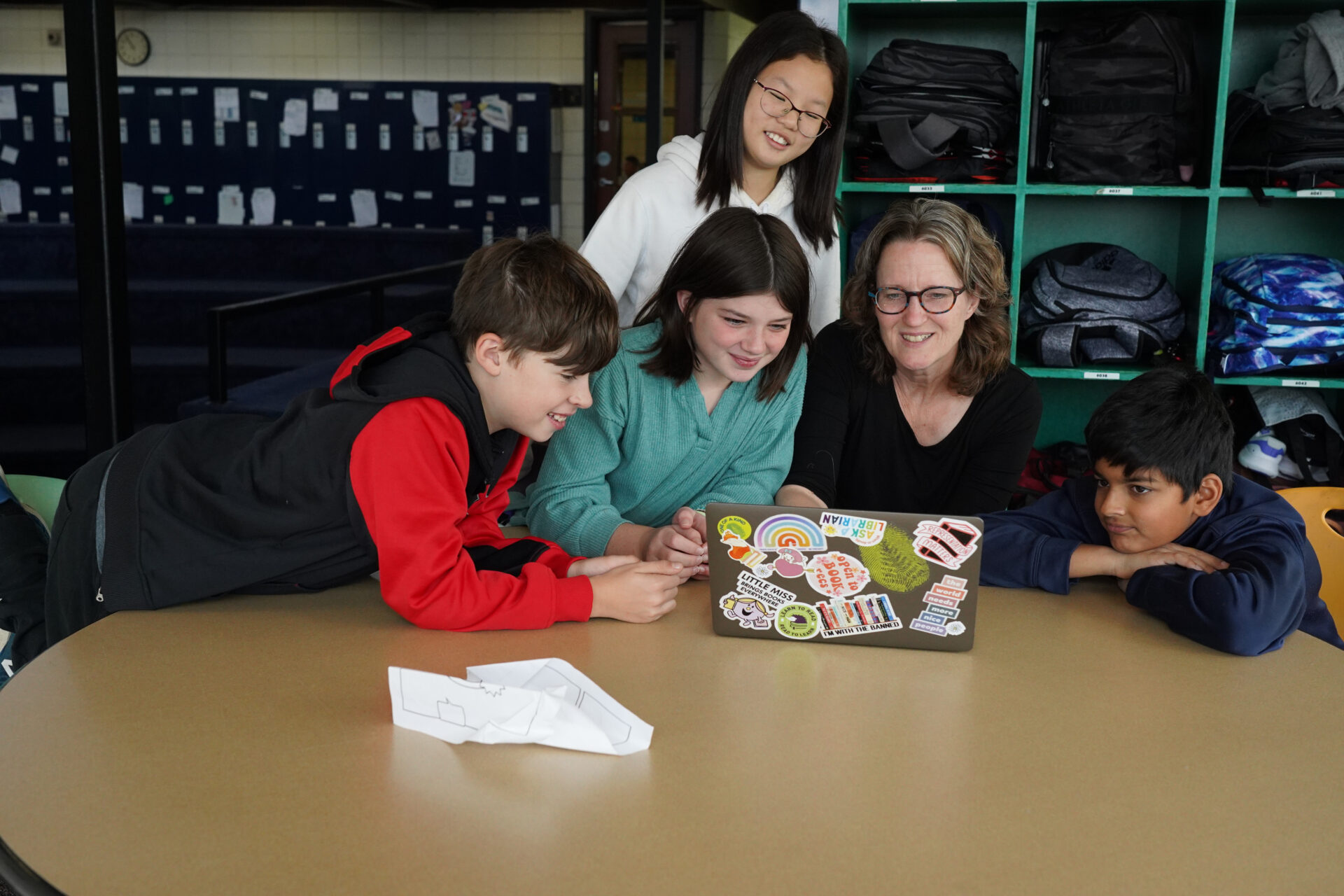Learning styles … and substance
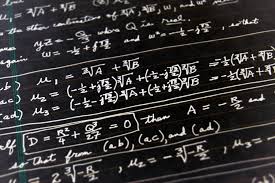
Greenhills colleagues Julie Smith, Amy Ward and I have been collaborating on an interdisciplinary unit for ninth graders about learning styles.Julie Smith and I recently traveled to New Orleans for the National Council of Teachers of Mathematics annual meeting, where Julie presented our work.
Our premise: students who are aware of their own learning styles can successfully vary their study and learning strategies more effectively than those who aren’t.
Last September, Julie and Amy worked with the students in ninth grade biology and through the learning center to teach them about the physiology and psychology of learning. This spring, I will work with them to analyze the data students gathered in the process.
One of the things that drew me to Greenhills a few years ago was the prospect of working vertically and horizontally on curriculum. By vertically, I mean that, for example, we look at our math program from a grades 6 – 12 perspective. We think about how skills and abilities like problem solving will develop over the long haul of middle and upper school, and we work to provide appropriate support and challenge at every level of a student’s development.
This is one reason that we organize our academic departments at Greenhills by discipline rather than by division. Horizontal integration of curriculum occurs when departments collaborate within grade levels; like the “Big History” project or our learning styles project. When we work together to write this type of curricula, the students benefit, of course; but what I learned from Julie about biology and from Amy about how different students process information in different ways is the hidden extra benefit that makes Greenhills teachers grateful for the support we receive when we want to write such curricula.
I imagine that Julie & Amy would echo my feelings on this: we’ve had lots of conversations about randomization, experimentation, and statistics to compliment the biology and the research on learning styles!
That research is fascinating, by the way. Students really do benefit from attention to both the vertical structure (of skills mastery, extension, application and spiral repetition) and the requirement to think across disciplines and make the connections that horizontal planning brings.
While we were at the conference Julie and I went to a few talks about what’s current in research about how students learn math. An idea that has been around for a while and is becoming more mainstream is called “growth mindset,” and makes the point that teachers need to be sure students know that success in applying math and solving problems comes naturally to nobody. Even the most successful and talented mathematicians make mistakes, start over often, and need to ask for help.
When children are led to believe that success in math is a matter of a (happy) accident of birth, they lack a “growth mindset;” that is, they believe that no amount of work can make them good at math. Worse, some students who believe they have been gifted with the “math gene” can despair when, inevitably, the applications get harder. These students believe that they have become suddenly less intelligent, and this can be discouraging.
As our students move deeper into the curriculum and the problems become more multi-layered (and include more references to general knowledge acquired in other disciplines) we really want to encourage them to bring the growth mindset to their work. Collaboration, dealing with mistakes, the ability to notice that an approach isn’t working: these are the hallmarks of students who believe that they can work their way into success at math.
How much more empowering an idea than the thought that one is either born with the ability to “do math”—or not!
For more information on research about how students learn math you can visit:
http://joboaler.com/
https://chronicle.com/article/Carol-Dwecks-Attitude/65405/
http://www.ted.com/talks/angela_lee_duckworth_the_key_to_success_grit
— By Ruth Miller, Math Department Chair
